
scrounge: /skrounj/ informal verb: to actively seek [books] from any available source
For today's Christmas Books post, rather than focusing on one particular book, we're going to feature several classic short stories that celebrate the Christmas season and have stood the test of time.
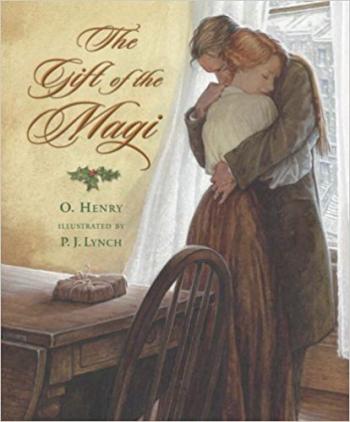
The first is The Gift of the Magi, by O. Henry. While there is a picture book version of this story, the full text is also available on various websites, such as this one. It is also included in The Book of Virtues. This touching, humorous story involves a young married couple (Della and Jim) who are struggling to afford Christmas gifts for each other. After each makes a decision to sell one thing to buy another, they realize that their decisions ultimately resulted in useless gifts! But the focus of the story is on their love for each other despite their difficult circumstances.
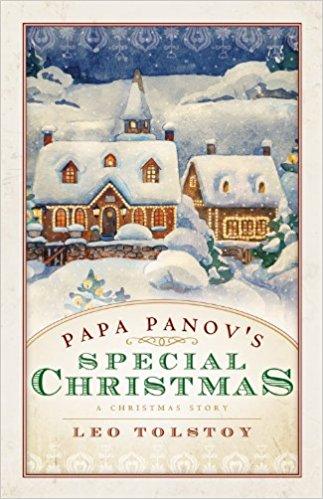
The second is Papa Panov's Special Day. Apparently this story was originally written by Reuben Saillens, a French author, and retold at a later time by Russian author Leo Tolstoy. The text of the Tolstoy version is available here. This story is about a shoemaker who has a dream in which Jesus tells him that he will visit him on Christmas day. Various people in need show up on Christmas, and each time Papa Panov helps them, wondering when Jesus himself will arrive. This story is an embodiment of Matthew 25:35-40 in which Jesus says that when we give to the "least of these," we are really giving to him. The basic story has been adapted in other ways as well, such as "The Christmas Guest," (here's a video that contains the audio of Andy Griffith narrating that story -- and here's one of Johnny Cash and another of Reba McEntire doing the same).
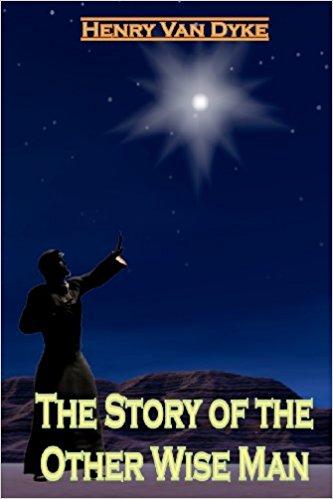
Lastly is Henry Van Dyke's The Story of The Other Wise Man. Van Dyke wrote a poem called "Thou Wayfaring Jesus," which Professor Puzzler and I recorded as a song a few years back. This story (text available online here) involves one of the magi named Artaban, who is delayed in his search for the Christ child, and ends up giving away his treasure in various ways, including one incident where he saves a child from Herod's soldiers. It is similar to the Papa Panov story above (though longer) in that Artaban discovers at the end that he had truly found the Lord by giving of himself to "the least of these."
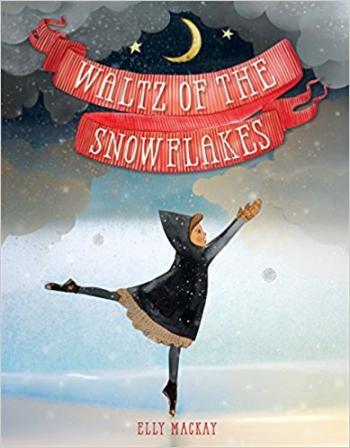
Recently I was introduced to Elly MacKay's illustrations via Red Sky at Night (review here), and was captivated by her unique images, full of texture and light. So I was pretty excited to see that she has a Christmas book available too.
Waltz of the Snowflakes is the wordless story of a girl whose grandmother invites her out to see a ballet. The girl is not all that inerested -- she has to wear a fancy dress and go out in the rain, and doesn't seem to be enjoying herself. But as the Nutcracker story begins, she becomes more and more engaged and awed by the beautiful dances and scenes unfolding on the stage -- she even catches a snowflake during that lovely waltz (my personal favorite of all the Nutcracker pieces).
By the end of the story, she is waltzing her way home -- quite a contrast to the beginning! For those of us who have loved The Nutcracker from a young age, this story evokes all kinds of nostalgia, and celebrates a beautiful, iconic Christmas tradition.
Format: Hardcover
Author/illustrator: Elly MacKay
Pages: 32
Content Advisory: None
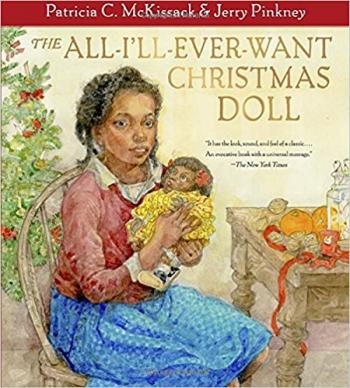
Set during the Depression Era, The All-I'll-Ever-Want Christmas Doll is the story of three sisters who long for a particular baby doll, and are surprised when their parents get them one since there is not much money to spare. Young Nella declares that since she wrote to Santa and believed and wanted the doll the most, she should have her. But she soon finds out that having one toy all to yourself is not really as fun as it seems -- that toys are much better when shared.
Not only is this a sweet Christmas story (as well as an appropriate after-Christmas story for children on how to deal with those new toys), it's also a nostalgic reminder for those of us adults who experienced Christmas with siblings (especially sisters), showing both the trials and joys of growing up together.
Scrounged From: Our local library
Format: Hardcover
Author: Patricia McKissack
Illustrator: Jerry Pinkney
Pages: 40
Content Advisory: None
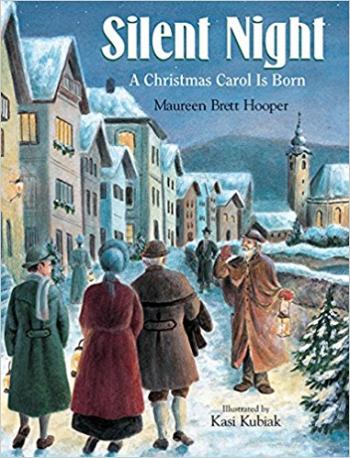
Silent Night is one of my favorite Christmas carols, and I'm sure many Christmas music lovers would say the same thing. As a kid, I watched a movie called "Silent Mouse," which told the story of Silent Night, while focusing on the mouse that supposedly chewed a hole in the organ bellows. I remember one particular character in the movie was quite upset that a guitar was used in church instead of the organ, but I have no idea whether that tidbit was made up for the movie or not.
Either way, Silent Night: A Christmas Carol Is Born tells the story of how the carol came to be (without making mention of any anti-guitar crusaders). It happened in a small town in Austria in 1818, and it was Father Joseph Mohr and Franz Gruber who composed the words and melody of the song that would become one of the most loved Christmas carols of the next 200 years.
This book walks us through the disappointment at the loss of the organ and details the imagined conversations between the two men who got together to bring a special song to their congregation that Christmas Eve. While the story is not highly dramatic, I very much enjoyed it, and found it poignant and evocative of the quiet contemplative nature of the carol. What would it have been like to be there on that night to hear its first performance?
The book includes the first verse of Silent Night (as well as musical notation) at the appropriate point in the story. There is also an author's note with a few more details about the people and place surrounding the carol's birth.
Scrounged From: Our local library
Format: Hardcover
Author: Maureen Brett Hooper
Illustrator: Kasi Kubiak
Pages: 32
Content Advisory: None
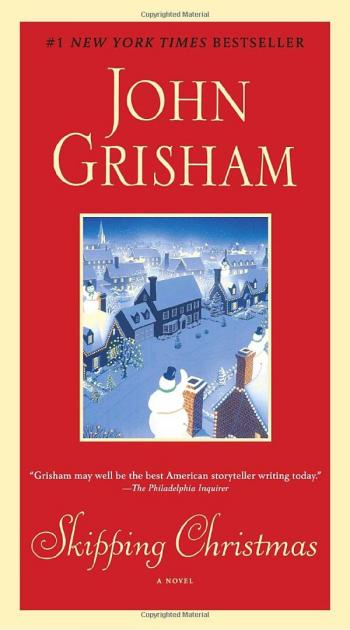
Book Scrounger's note: The following is a guest review by Doug, a.k.a. Professor Puzzler.
There are many people whose only knowledge of the book Skipping Christmas by John Grisham is, "Oh, that's the book that the movie Christmas with the Kranks is based on." If that's your only knowledge of the book, you're really missing out on something.
Even though the movie covers most of the major plot points of the book, it manages to get the book utterly wrong in many ways. So if you weren't a fan of Christmas with the Kranks, give the book a chance. The rest of this review is primarily a comparison of the movie and the book.
Skipping Christmas is the story of Luther and Nora Krank, who decide to skip Christmas (their daughter has moved to Peru, and for the first time in 23 years, they're facing the holiday season without her) and take a holiday cruise instead. Their neighbors and friends are appalled by this decision, and make it very difficult for them to avoid the madness of Christmas preparation. The difficulties they face include: boy scouts who want to sell them a Christmas tree, Reverend Zabriskie worrying about their spiritual condition, and neighbors who are angry with them for having the only house on the street without a giant Frosty on their roof .
It's also the story of two parents who love and miss their daughter. Love and miss her enough that they would do pretty much anything for her.
So how do the book and movie differ? What did the movie get wrong?
- Luther Krank, in the movie, is a cheap version of Ebenezer Scrooge. He's the miserable, unlikeable villain who hates Christmas, doesn't particularly care about his family, and wants to ruin Christmas for boy scouts, orphans, and homeless people. In the book, he is none of these things. He's simply a man who wants to take a break from the insanity of our culture's celebration of Christmas. When the boy scouts want him to buy a tree, he firmly refuses, but in the book, the softer side of his nature compels him to tell them, "Come back in the spring, and I'll give you $100 toward Jamboree." Because the movie version of Luther is portrayed as a Scrooge, the movie has to have everyone awkwardly beat him over the head with his meanness in order to get him to change his ways. In the book, his final actions flow much more naturally, because he actually isn't a villain.
- The movie ignores subtlety and satire, and goes straight for slapstick. When you read the book, you can think to yourself, "I know these people -- they remind me a lot of people I know." They are a little over-the-top, but not so much that they aren't believable. The movie, on the other hand, repeatedly crosses the line into absurdity. Luther sprays his sidewalk with a hose, making an ice patch for carolers to slip on (and in the process freezes the neighbors' cat into a statue). Vic Frohmeyer runs down the street with his hands stuck in Nora's car window, screaming, "Stop the car, Nora! Stop the car!" A race to the last "hickory honey ham" in the supermarket turns into a cringe-worthy disaster that ends with the ham being flattened in the street by an eighteen-wheeler.
- The book knew when to stop. In the book, the first 199 pages lead up to the moment when the neighbors find out about the jam that the Kranks are in. From there, it only takes 28 more pages to wrap up the story -- 28 pages is all that's necessary to move from the problem to a very satisfying solution. The movie, however, shoehorns in a power failure, a burglary, and other very forgettable moments (which annoyed me, but, since they were forgettable, I've already forgotten them -- even though I just re-watched the movie last night). There was no need to to drag out the ending; the joy of the final moments were damaged, rather than enhanced, by the foolishness. And, speaking of damaging the ending, the movie actually added extra slapstick after the heart-warming conclusion; I'm really not sure what the movie-makers thought that would accomplish.
- When Publishers Weekly reviewed Skipping Christmas, they claimed that all good Christmas stories have to rely on an element of fantasy because Christmas is a time of miracles. Thus, they reasoned, Skipping Christmas isn't a good Christmas story, because it is so mundane. I disagree with this, but even so, one could argue that there's room for a supernatural element -- the reader is free to interpret the mysterious stranger Marty (who knows everyone, but is known by no one) in either a mundane or supernatural way. Perhaps he is symbolic of all the forgotten people at Christmas time. Or maybe he is a Christmas angel. Or Santa Claus. The movie, of course, clubs you over the head with the supernatural by showing Marty's volkswagen being pulled by a team of reindeer at the end of the movie.
If you didn't like Christmas with the Kranks, that doesn't mean you should skip Skipping Christmas. Give it a chance. And if you did like the movie, I'd still give the book a chance -- I think you'll find it to be a richer experience.
Format: Paperback
Author: John Grisham
Pages: 256
Content Advisory: A little bit of language, peril, etc. The movie is rated PG, and plotwise it follows the book.
Added note: Just for fun, I wrote a Kranky math problem for my high school math students, loosely based on this book: A Kranky Christmas.


